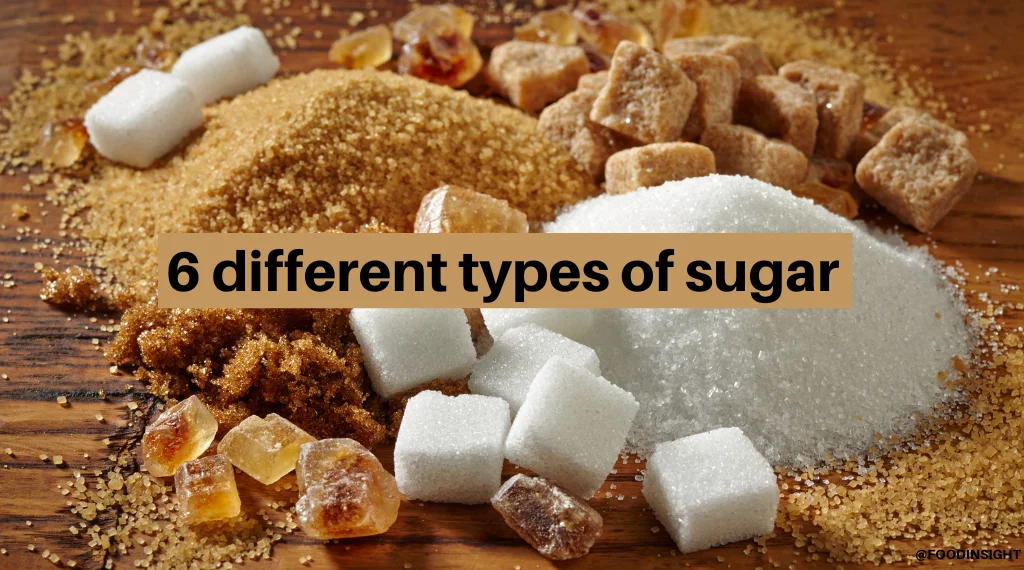The sourcing of beet sugar vs cane sugar affects environmental sustainability in the sugar industry.
The sourcing of beet sugar vs cane sugar affects environmental sustainability in the sugar industry.
Blog Article
Exploring the Distinctions being used and Benefits Between Beet Sugar Vs Cane Sugar
In the cooking globe, the selection between beet sugar and cane sugar is not just about sweet taste yet entails a nuanced consideration of flavor, application, and influence. While both sugars come from various plants, each undertakes unique production processes that subtly influence their qualities and viability for various meals. As chefs and customers increasingly focus on both the environmental and taste profiles of their components, comprehending these differences comes to be essential. This exploration provides understanding into exactly how each sugar type can best improve culinary developments.
Beginnings and Production Procedures of Beet and Cane Sugar

Walking cane sugar, on the various other hand, originates from the sugarcane plant, an exotic yard indigenous to Southeast Asia now grown in tropical zones worldwide. The manufacturing of cane sugar starts with the harvesting of cane stalks, which are crushed to launch the juice. This juice is then steamed to concentrate it, after which it is rotated in centrifuges to produce raw sugar crystals. These crystals are additional improved to generate the white sugar frequently offered in stores.

Nutritional Material and Health Considerations

When contrasting the dietary material of beet sugar and cane sugar, it ends up being obvious that both types essentially give the very same calorie values, with about 16 calories per tsp and no substantial nutrient diversity. Both sugars, when consumed in excess, can add to raised blood glucose levels, a threat variable for diabetic issues and other metabolic disorders. From a wellness viewpoint, regulating intake of any kind of sugar, whether from beet or cane, is a good idea to prevent these potential adverse impacts on well-being.
Taste Profiles and Culinary Applications
Despite their comparable chemical structures, beet sugar and cane sugar differ subtly in taste, which can influence their usage in various cooking contexts. Walking stick sugar frequently lugs a hint of molasses, also in its refined kind, offering a warm, caramel-like touch that enhances baked items, coffee, and chocolate-based recipes. This mild molasses flavor is specifically valued in the baking sector for adding deepness to sweets and breads. On the various other hand, beet sugar is characterized by its extremely refined, neutral preference, making it a versatile sweetener that does not modify the flavor accounts of dishes. This neutrality is specifically helpful in fragile recipes, such as light breads, creams, and some sauces, where the fundamental tastes of various other components are planned to stand out. As a result, cooks and find out food producers may choose one sort of sugar over the other based upon the desired flavor end result of their culinary creations.
Environmental Impact and Sustainability
While both beet and cane sugars are obtained from plants, their ecological effects vary dramatically as a result of the distinctive approaches of farming and handling needed for each and every. Sugar beet farming frequently involves comprehensive mechanization, which can enhance nonrenewable fuel source consumption and carbon emissions. However, beets can be expanded in cooler environments and need much less irrigation, potentially reducing water use contrasted to sugarcane. Sugarcane, on the various other hand, is normally expanded in tropical areas where it depends heavily on irrigation and a these details much longer growing duration, enhancing its water footprint.
Additionally, the processing of sugarcane usually generates a considerable quantity of waste, consisting of bagasse, which, although usable as biofuel, regularly contributes to air contamination if shed inefficiently. Sugar beet processing uses more of the raw products, leading to much less waste. Both markets encounter difficulties in minimizing their ecological footprints, but continuous innovations in farming methods and waste monitoring are aiming to improve sustainability.
Economic Elements Affecting the Sugar Sector
The financial characteristics of the sugar sector are dramatically influenced by international market needs and profession plans. In regions where sugarcane or sugar beet production is subsidized, producers may have a financial advantage that allows them to supply reduced rates on the international market.
In addition, variations in worldwide demand for sugar, influenced by dietary fads and commercial usage in foodstuff, directly impact prices and production degrees. beet sugar vs cane sugar. Weather likewise you can check here play a critical duty, as they can dramatically impact crop yields and, subsequently, the supply chain. This irregularity introduces a level of financial uncertainty that can cause investment volatility in sugar production fields, affecting decisions from planting to market approach
Final Thought
In verdict, both beet and cane sugar have distinct top qualities that fit various culinary demands. While cane sugar imparts an abundant taste suitable for enhancing baked products, beet sugar's nonpartisanship is ideal for lighter dishes.
Report this page